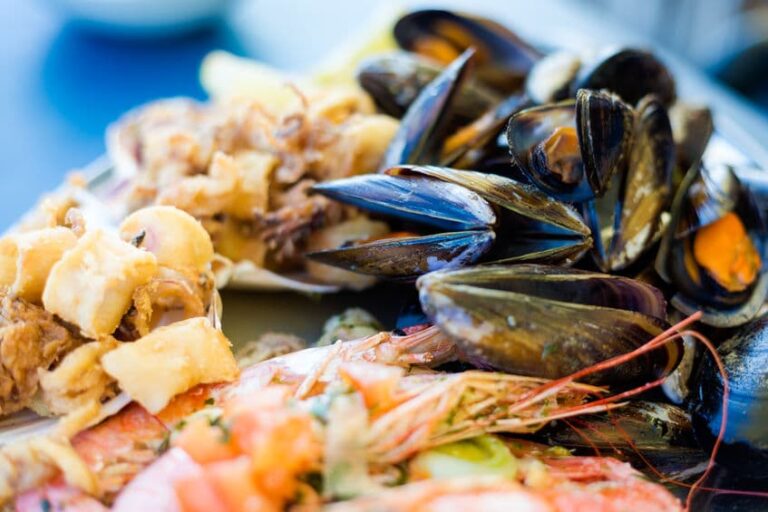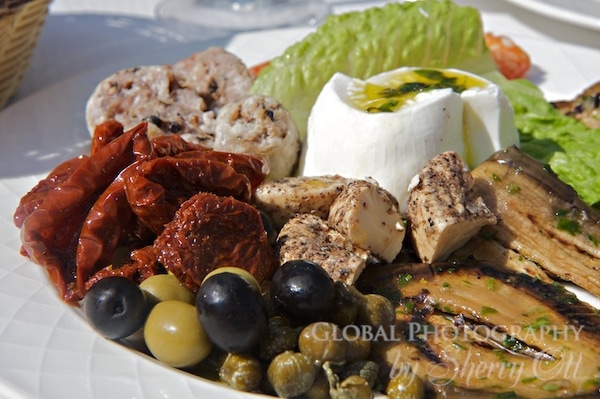Introduction: Malta’s Rich History
Malta is an archipelago in the Mediterranean Sea and its location has always been of strategic importance throughout history. Despite its small size, it has had a long and complex history, with influences from various civilizations. This has led to a diverse cuisine that is a reflection of its historical events and occupations.
Ancient Influences on Maltese Cuisine
The earliest known inhabitants of Malta were the Phoenicians, who introduced olive oil, fruit, and vegetables to the island. The Greeks and Romans also left their mark on Maltese cuisine, introducing the use of herbs, spices, and fruits such as grapes and figs. The Maltese also adopted the Mediterranean practice of preserving food, such as fish, in salt or vinegar.
Arab Occupation and its Effects on Food
The Arab occupation of Malta from the 9th to the 11th century heavily influenced Maltese cuisine. The Arabs introduced new crops such as carob, dates, and citrus fruits, and also brought with them new cooking techniques such as frying and the use of spices like cinnamon, saffron, and cumin. Many of these ingredients and techniques are still used in Maltese cuisine today.
Knights of St. John and the Culinary Impact
The Knights of St. John ruled Malta from 1530 to 1798 and had a significant impact on Maltese cuisine. They introduced new ingredients such as rabbit, which is still a staple in Maltese cuisine, and also brought over chefs from Italy and France who introduced new cooking techniques and dishes. The Knights also established gardens on the island, which provided fresh produce for their kitchens.
British Rule and Modern Maltese Cuisine
Malta was a British colony from 1814 to 1964, and this period also had an impact on Maltese cuisine. The British introduced new ingredients such as tea and baked goods like pies and pasties. They also established large-scale farming on the island, which led to the cultivation of new crops such as potatoes, tomatoes, and onions.
Conclusion: Tracing the Historical Roots of Maltese Cuisine
In conclusion, Maltese cuisine is a reflection of its rich history and diverse influences. From the ancient Phoenicians to the Knights of St. John and the British, each historical event and occupation has left its mark on Maltese cuisine. Today, Maltese cuisine is a fusion of traditional Mediterranean ingredients and modern influences, making it a unique and delicious cuisine that is worth exploring.



